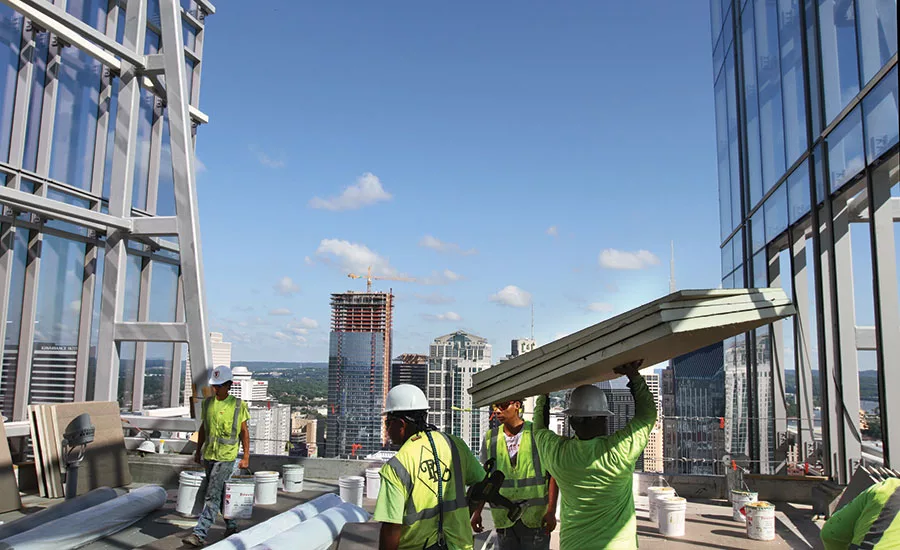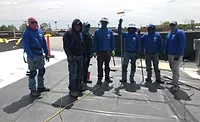Labor and Climate Remain Top-of-Mind with Roofers

2020 has only just arrived and is already shaping up to be an exciting year. Opportunities within roofing abound, even in the face of some industry challenges.
As we continue to witness a volatile political landscape and economists participate in ongoing debate about whether an economic slowdown will occur (or when), roofing participants are understandably feeling a bit uneasy. Additionally, availability of labor, rising construction costs and climate change are issues directly shaping the industry today.
The Spray Polyurethane Foam Alliance (SPFA), which represents spray foam roofing and insulation manufacturers, contractors and equipment suppliers, is, like the roofing industry at-large, closely watching these variables but remains optimistic about roofing overall.
Leaders in roofing are currently gearing up for the third annual Roofing Day in Washington, D.C., the legislative fly-in advocacy event dedicated solely to roofing (and which the SPFA sponsors). Many of the issues focused on during last year’s event remain top priorities this year. One of these is the ongoing shortage of workers. The National Roofing Contractors Association (NRCA) recently estimated that contractors could have accepted 10 to 20% more work in 2018 if they had more skilled workers. The SPFA, like the NRCA, believes the industry could greatly benefit from expanded workforce training initiatives. Because the labor shortage is fueled in large part by an aging workforce, expanding workforce training for up-and-comers is critical for addressing future demand for workers, especially in competitive labor markets. Thus, bills and programs that expand worker skills training must be supported.
Immigration reform is another ongoing area of concern and one tied to the shortage of workers. The spray foam sector and roofing industry both support reform that addresses worker demand, increases border security, expands E-Verify to combat illegal immigration, and which supports visa reform that allows workers to enter the U.S. legally when our economy needs them.
Even while we are experiencing a shortage of workers, the roofing industry is starting to expand the presence of both women and minorities in leadership positions. Similar to many sectors within the traditionally male-dominated real estate and construction industries, diversity breakthroughs in leadership have slowly increased over the last few years. Two years ago, the SPFA welcomed its first female president, Tiffiny Flaim. She and our other veteran and minority leaders should continue to inspire this movement. It’s critical that, as an industry that serves a diverse population, we should ideally reflect that same diversity.
The other key area indisputably driving spray foam and high-performance roofing in general is our measurably changing climate. Greater environmental awareness among both homeowners and facility owners is increasing demand and the adoption of environmentally sustainable roofing systems.
On the other side of the same equation, the many storms growing in intensity and frequency as a related result of these climate changes are also increasing demand for durable, resilient roofing materials. The SPFA’s roofing contractor members are reporting an influx in spray foam roofing demand as a direct result of both of these influences, along with increasing sophistication and knowledge among customers. We expect that demand to continue to steadily grow this year and beyond.
Looking for a reprint of this article?
From high-res PDFs to custom plaques, order your copy today!








